Have annoying about 1-(855)-521-1628 pop-up alert? what is it?
1-(855)-521-1628 pop-up is a phishing site that usually invades a computer via freeware downloads. This 1-(855)-521-1628 pop-up often attempts to convince the computer users that their computers are infected or locked by some spyware. And then 1-(855)-521-1628 pop-up will ask them to call the given number like 1-(855)-521-1628 to fix the problems. It is obvious that this 1-(855)-521-1628 pop-up is another tech support scam that tries to extort users’ money.
Troubles may caused by 1-(855)-521-1628 pop-up
1-(855)-521-1628 pop-up can add browser extensions, unwanted programs, plugins, or toolbars to your computer;
1-(855)-521-1628 pop-up can generate other third party ads and advertising banners to the website you visit;
1-(855)-521-1628 pop-up can trace your browsing data and collect your sensitive information like passwords and bank account details.
1-(855)-521-1628 pop-up can modify your default browser settings or other settings.
1-(855)-521-1628 pop-up can freeze your web browsers and not allow you to do anything;
1-(855)-521-1628 pop-up is often caused by the malware which sneaks into your computer through corrupted hyperlinks, random pop-up ads, freeware bundles, malicious sites. Once inside, 1-(855)-521-1628 scam alert will pop up to your internet browsers and won't let you close that window. You should remove this 1-(855)-521-1628 scam pop-up as soon as possible before it causes further troubles.
Three workable ways to get rid of 1-(855)-521-1628 pop-up completely
Solution two: Remove 1-(855)-521-1628 pop-up automatically from Mac with Mackeeper (hot)
Solution three: Remove 1-(855)-521-1628 pop-up Manually (trusted)
Solution one: Automatically remove 1-(855)-521-1628 pop-up Permanently with SpyHunter.
SpyHunter is a powerful anti-spyware application which is aimed to help computer users to get rid of computer virus completely. It is easy to use and can get along well with other anivirus.
Step one: Download SpyHunter on your computer by clicking the icon below.
Step two: Follow the instructions to automatically install SpyHunter
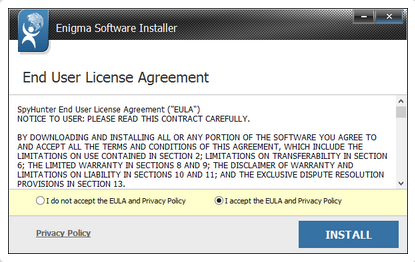
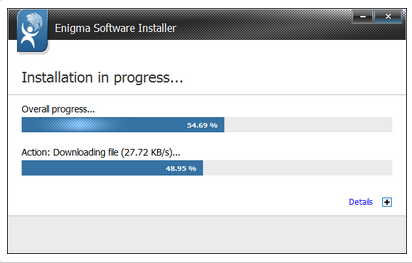
Step three: Please click Finish button once the installation completes.
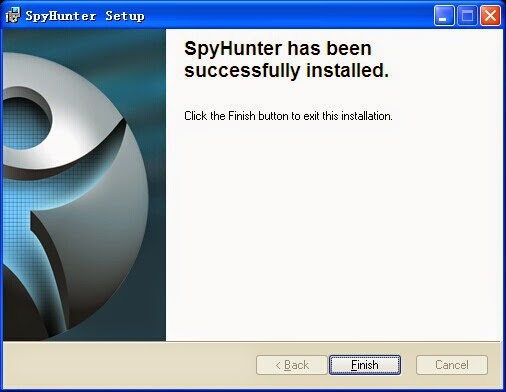

Solution two: Remove 1-(855)-521-1628 pop-up automatically from Mac with Mackeeper
1.removes junk files, uninstalls unneeded apps, and cleans your Mac’s RAM without putting any personal files at risk.
2.Automatically optimizes and monitors your Mac’s RAM memory while you are performing your daily tasks.
3.24/7 Access To Apple Certified Support Professionals
First, you need to get Mackeeper downloaded and installed into your Mac;
Solution three: How do I remove 1-(855)-521-1628 pop-up manually
1.Reset your web browser
(Before you reset your web browser, it would be better to back up your personal data like account usernames, passwords and bookmarks)
Google Chrome:
Click the Chrome menu (three wrench bar)-- choose “Settings”--Scroll down to the end of the page to click “Show Advanced Settings”--and then Scroll down again to click “Reset Settings“.

Internet Explorer
Click “Tool”--choose Internet Options--choose “advanced” tab--click “reset”--tick “Delete personal setting”--click “reset” to finish

Mozilla FireFox
Click on the orange Firefox icon--choose Help --choose Troubleshooting information--Reset Firefox--Choose Reset Firefox again--Click “Finish”

Microsoft Edge
1)To open Edge Settings, click on the 3 dots button.
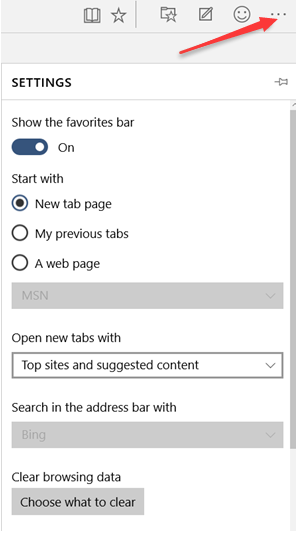
2)Open Edge browser settings and delete Edge Browsing History, Cookies, Data, Cache.
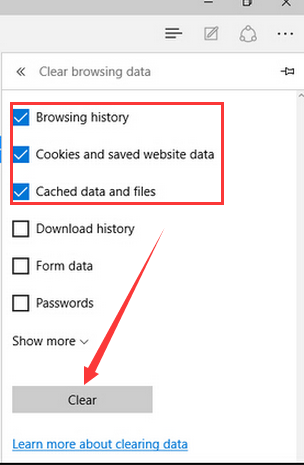
3)Restart your Microsoft Edge browser.
2.Show all hidden files
Search for folder options and then click “view tab”, tick show hidden files and folders and uncheck hide protected operating system files----press ok and delete the selected files.
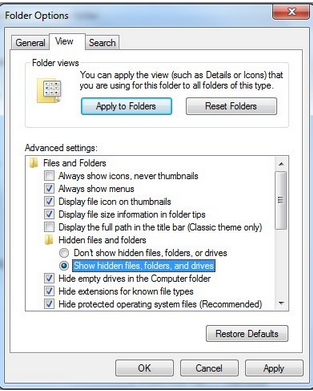
%AllUsersProfile%\random.exe %AppData%\Roaming\Microsoft\Windows\Templates\random.exe %AllUsersProfile%\Application Data\~random %AllUsersProfile%\Application Data\.dll
Step 3: Go to the Registry Editor and remove all related registry entries:
1. Click Start and Type "Run" in Search programs and files box and press Enter
2. Type "regedit" in the Run box and click "OK"

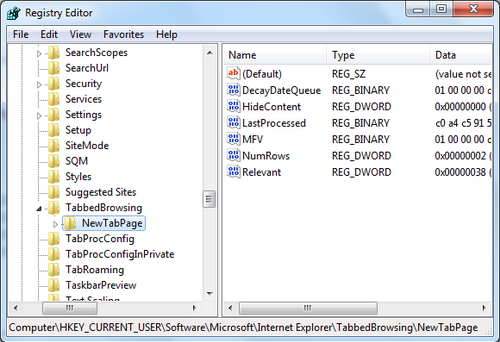
HKEY_CURRENT_USER\Software\Microsoft\Windows\CurrentVersion\Run\[RANDOM CHARACTERS].exe
HKEY_CURRENT_USER\Software\Microsoft\Windows\CurrentVersion\Run ‘Random’ HKEY_LOCAL_MACHINE\Software\Microsoft\Windows NT\CurrentVersion\Random
Step 4: Restart your computer to check the effectiveness.
For Mac users: Force quick safari
Press command + option + esc keys together at the same time.
When Force Quit window appears, select the Safari if not already.
Press Force Quit button at the bottom of the window.
Safari will quit.
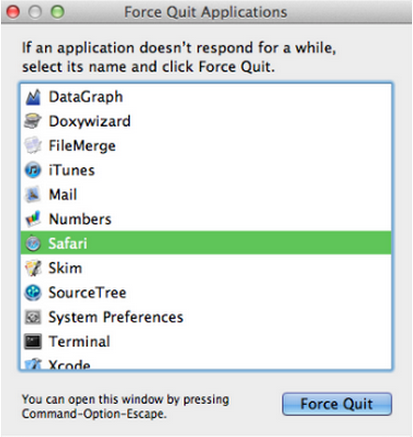
Warm tips: Manual removal refers to the key part of the system, if you are not so familiar with computers and want to do it in a quick and safe way, you are suggested to download best 1-(855)-521-1628 pop-up automatic removal tool here!




No comments:
Post a Comment